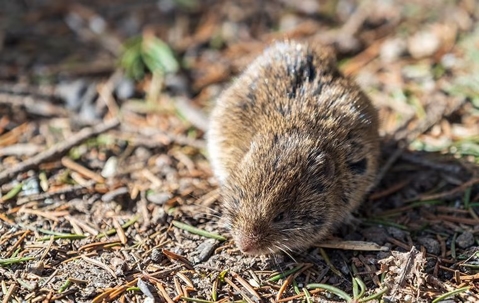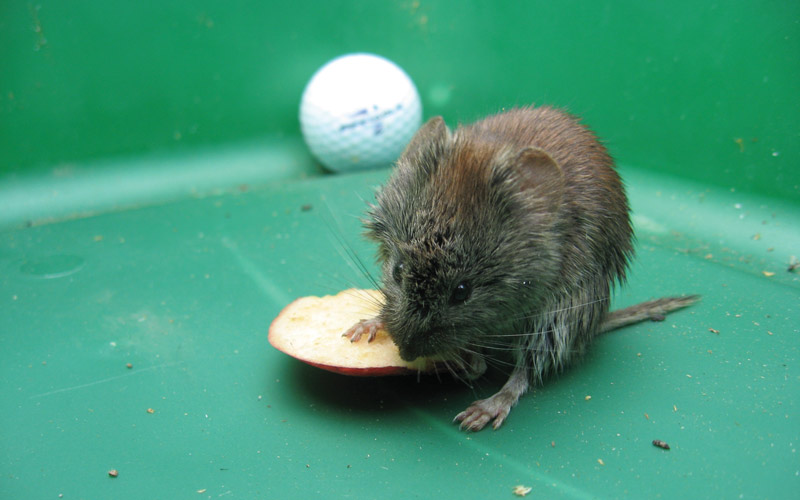Handling Vole Damage: Effective Control Approaches
Handling Vole Damage: Effective Control Approaches
Blog Article
Comprehensive Guide to Effective Vole Insect Control: Infestation Recognition and Therapy Methods
In the realm of efficient pest control, vole invasions pose an one-of-a-kind challenge that requires a strategic technique. By exploring the subtleties of vole behavior, recognizing crucial indicators of problem, and reviewing a variety of control choices, one can establish a thorough method to battle these evasive parasites.
Comprehending Vole Habits
Vole actions is characterized by their tunneling routines and fast recreation prices, making them a tough pest to control properly. Their rapid reproductive price further makes complex control efforts, with women qualified of producing multiple clutters in a single year, each containing numerous children.
Recognizing vole behavior is crucial for reliable bug control methods. By recognizing their burrow places, monitoring feeding areas, and applying targeted control approaches, such as capturing or environment alteration, vole problems can be handled effectively.
Indications of Vole Infestation

Avoidance Strategies
Applying reliable prevention approaches is important in minimizing vole problems and securing plant life from their destructive feeding habits. To prevent vole problems, it is crucial to begin by getting rid of possible food resources and shelter.
Routinely checking the residential property for indications of vole task, such as runways and burrow openings, is critical for very early detection and timely action. If vole task is presumed, consider making use of traps or repellents tactically put near their paths.
Non-Lethal Control Approaches
To effectively manage vole populations while focusing on gentle techniques, non-lethal control approaches supply read this article practical remedies for minimizing vole damages in gardens and landscapes. One reliable method is the use of physical obstacles such as equipment towel or wire mesh to shield prone plants. These obstacles can be buried a minimum of 12 inches deep and curved at a 90-degree angle to avoid voles from burrowing below. Additionally, habitat adjustment can deter voles by minimizing their preferred food sources and concealing areas. Maintaining a well-mowed lawn, eliminating particles, and maintaining greenery cut can make the setting much less enticing to voles.

Lethal Control Options
One efficient technique for attending to vole invasions in landscapes and gardens involves the critical use of deadly control options. When faced with a serious vole problem that non-lethal techniques have actually failed to include, implementing dangerous control actions comes to be essential. Generally, when using dangerous control alternatives, it is vital to do so sensibly and in conformity with local regulations to efficiently manage vole invasions.
Final Thought
Finally, reliable vole insect control calls for a comprehensive understanding of vole actions, identification of indications of invasion, execution of avoidance methods, and use of both non-lethal and dangerous control methods. By integrating these Check This Out strategies, individuals can efficiently take care of vole populaces and shield their residential or commercial property from damages. It is very important to deal with vole invasions quickly to protect against further concerns and decrease the effect on the surrounding atmosphere.
Offered the detailed passage systems and quick recreation rates characteristic of voles, recognizing the indications of vole invasion ends up being essential in effective pest control. One of the key indicators of vole visibility is the existence of surface paths or trails in grass or snow, generally about 1-2 inches broad, created as voles take a trip between their burrows and food sources.To efficiently take care of vole populaces while focusing on humane techniques, non-lethal control techniques provide useful remedies for lowering vole damage in landscapes and gardens.One efficient approach for dealing with vole invasions in gardens and landscapes entails the tactical use of dangerous control options. vole pest control.In verdict, reliable vole parasite control needs a detailed understanding of vole behavior, identification of signs of invasion, implementation of prevention strategies, and usage of both dangerous and non-lethal control approaches
Report this page